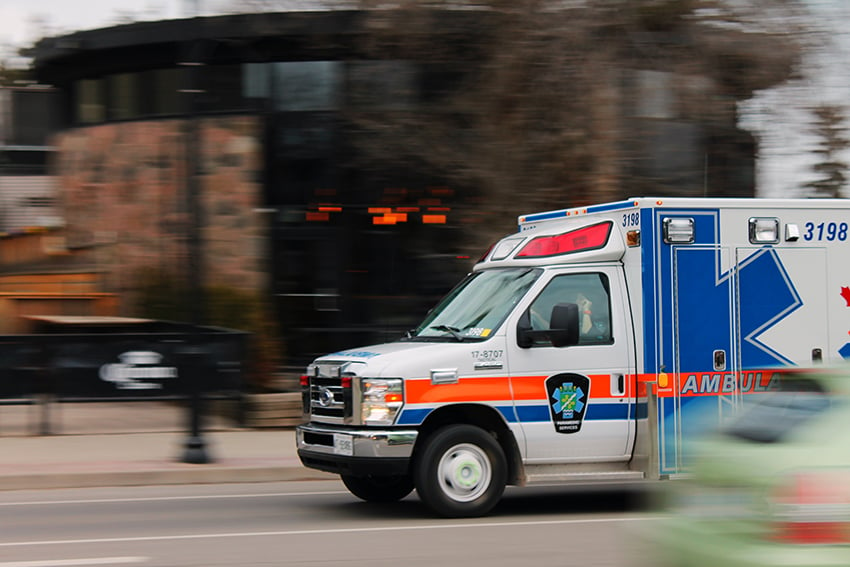When on the road, you may find yourself often interacting with emergency vehicles such as police cars, ambulances, and fire trucks. However, you may not know exactly what to do with your own vehicle in such instances. When an emergency vehicle approaches with flashing lights, it's always a good idea to know what to do.
While laws vary by state, there are usually some general guidelines to follow. We've compiled some general rules of thumb when interacting with safety and/or emergency vehicles while driving.
Here’s what you need to do when encountering emergency or other safety vehicles on the road:
- State-Specific Laws
- When to Pull Over
State-Specific Laws
Each of the states has a "move over" law, according to the U.S. Department of Transportation (DOT). To ensure you're following local laws and regulatory details in your state, you should study up on the specific laws in your state regarding emergency vehicles on the road.
The National Highway Traffic Safety Administration (NHTSA) notes that generally, just as a matter of course, drivers will be required to move over to allow emergency vehicles with flashing lights to pass. In some jurisdictions, this law may apply to all vehicles with blinking or flashing lights, such as police cars, ambulances and fire trucks.
As we noted earlier, you’ll still want to check your individual state laws and regulations to ensure you’re following proper road etiquette.
When to Pull Over
While state-to-state guidelines will differ slightly, there are general emergency vehicle tips and tricks to follow when on the road. These helpful tips can work to protect the lives of anyone in your vehicle and others on the road. Though you may see emergency vehicles often, it's important to pay attention and move over every time. They may be on the way to save the life of someone you know.
When You Hear a Siren
- Be Sure to Stay Alert: If you hear a siren, pay attention, keep the volume low in your vehicle, and look for more than one emergency vehicle approaching.
- Keeping your windows cracked while driving can help you hear emergency sirens more clearly.
- Keep an eye out for pedestrians who may be in the crosswalk or on the side of the road in situations such as these.
- Investigate & Plan: Plan your next move by checking your rear-view mirror and both sides of your vehicle to gauge the speed of the emergency vehicle.
- When you exit the highway, brake gradually so as not to lose control of your vehicle.
- React: Make a quick and calm decision and look in all directions before pulling over.
- Make sure you signal before turning and don't slam on your brakes.
- Doing so will keep you safe and ensure you follow proper “move over” laws.
- Do NOT: Be sure to NOT stop at a place that doesn't have enough room to pull over safely.
- With this in mind, be sure to never follow or attempt to outrun an emergency vehicle.
- Doing so could cause harm to you or other people on the road.
When You Hear or See Another Emergency Vehicle
- Consider moving over a lane if possible.
- It is important to slow down and proceed with caution when changing lanes due to traffic or other conditions.
- To prevent a collision, pull over to the edge of the highway, clear of intersections, and come to a full stop.
- Observe the emergency vehicle until it has passed.
- Keep an eye out for others, as there may be several other emergency vehicles following behind.
- When you stop, make sure to keep your foot on the brake as brake lights let emergency vehicles know you have stopped.
- If you are following an emergency vehicle that has flashing lights and a siren, stay at least 500 feet behind it.
- You should never attempt to pass by a traffic light too quickly behind an emergency vehicle.
Do not pass a moving emergency vehicle with flashing lights unless you are directed to do so by a police officer or emergency personnel. It is still important to keep your distance behind the emergency vehicle even after it passes. Remember, the general rule of thumb is to stay 500 feet behind any emergency vehicle.



